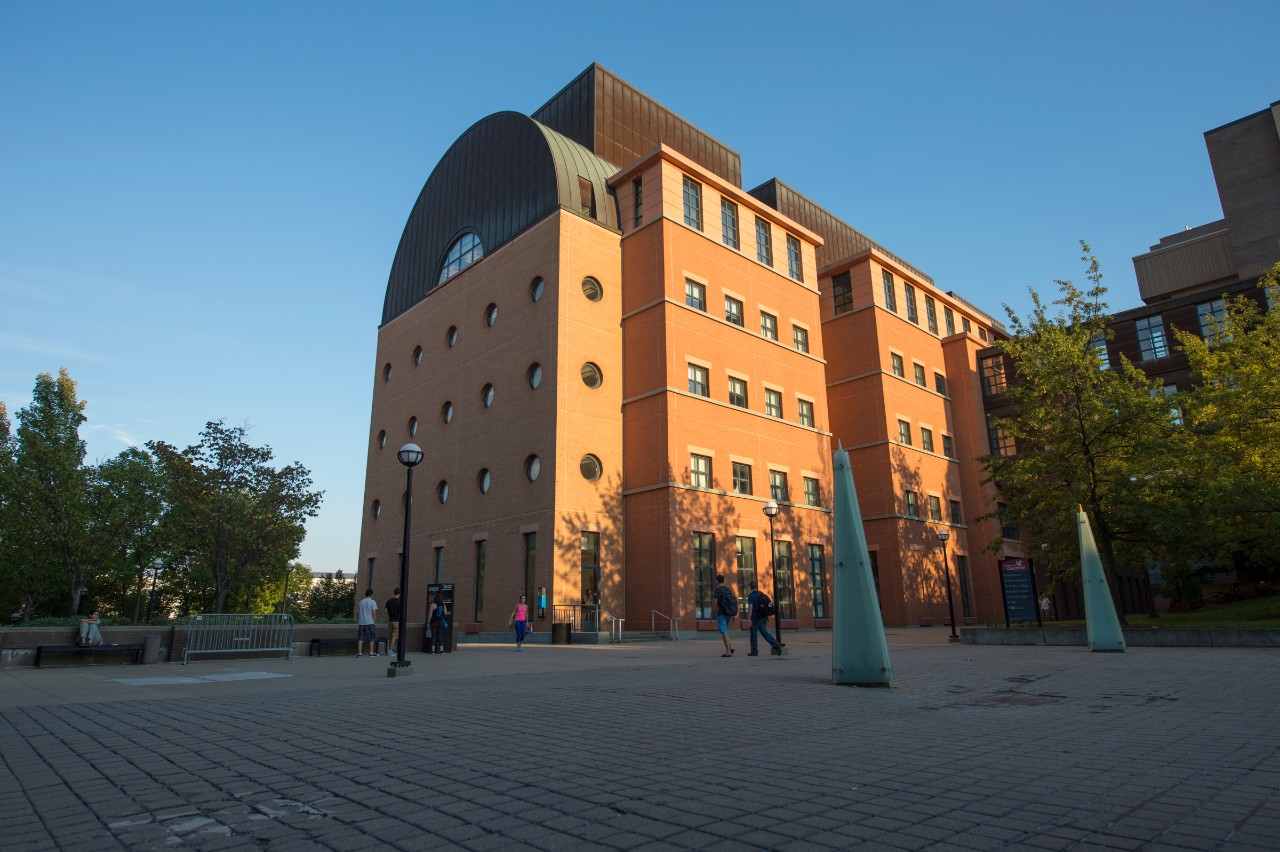
UC to host first international joint conference in vacuum nanoelectronics
The University of Cincinnati is hosting the first joint meeting of the International Vacuum Nanoelectronics and the International Vacuum Electron Sources Conferences this summer. The meeting will take place July 22-26, 2019.
The conference will be first of its kind to expose closely related researchers from government, industry and universities to the latest advances in the theory, modeling and applications of vacuum electron sources.
The joint meeting will reflect UC’s commitment to its innovation agenda, a platform of President Neville Pinto's strategic direction, Next Lives Here.
“This type of recognition fits well within the global vision of President Pinto and the upper administration and their overall vision for the future of our institution,” said UC department head of Electrical Engineering and Computer Science Marc Cahay, Ph.D., who is one of the conference chairs.
Cahay is joined by Kevin Jensen, Ph.D., from the Navy Research Lab in Washington, DC. The two researchers have collaborated on many projects over the last 30 years and have previously organized several symposia in vacuum nanoelectronics. They hope that this first joint meeting will set a trend for future collaboration.
“This event puts the University of Cincinnati at the center of this first-of-its-kind, international meeting,” said Cahay. “I believe UC will be remembered as the birthplace of some world-changing ideas that finally put together, on annual basis, researchers working in very closely connected areas.”
- The resulting collaborations can influence many areas, including
- X-ray and electron imaging,
- Displays, sensors and actuators,
- Lithography, electron microscopy and spectroscopy of surfaces,
- Thermionic energy converters,
- Nanoscale vacuum electronic transistors and novel devices,
- Electron sources for satellite needs (communications, thrust, deorbiting),
- Sources for linear beam devices, accelerators, free electron lasers, and
- Propulsion of small satellites.
These topics will be discussed at length and be applied to real-world problems, like wildfires. For example, when a group of small satellites track the size and movement of a wildfire, the satellites must remain in formation to generate accurate data. Each satellite, however, must also make slight adjustments to their position to maintain this formation. How to generate enough power for these satellites make these adjustments is a topic that could be discussed at the conference.
The conference will showcase papers, posters and talks on emission fundamentals and modeling; novel materials for electron emission and vacuum tunneling; physics and technology of electron sources; and applications of electron sources. The conference will also feature four short courses on emerging areas of innovation by world-renowned speakers, like Thiago A. De Assis of Federal University of Bahia, Salvador, Bahia, Brazil; Andreas Kyritsakis of the University of Helsinki, Finland; Joan Yater, of the Naval Research Laboratory, Washington DC; and John Smedley of the Los Alamos National Laboratory in New Mexico.
The conference organizers received grants from the Office of Naval Research, the National Science Foundation and UC to support the travel of graduate students to the meeting.
For more information on the conference, contact Cahay at marc.cahay@uc.edu or visit vacuumnanoelectronics.org.
Related Stories
Engineering professors studying how co-op impacts student journey
January 5, 2026
Cedrick Kwuimy, associate professor educator in the Department of Engineering and Computing Education at the University of Cincinnati College of Engineering and Applied Science is studying how a student’s first co-op experience impacts the remainder of their journey as an engineering student, and how educators can better prepare them for these experiences. Kwuimy and his collaborators have received a three-year grant from the National Science Foundation (NSF) to support this research.
Two UC-backed startups score $200K each from state
December 23, 2025
Innovative startup ventures TapIn and Saturn Sports rose from the UC Venture Lab to receive $200,000 each in funding through Ohio Third Frontier grants.
UC student breaks world record in competitive speedcubing
December 19, 2025
UC computer science student Sujan Feist set a new world record in speedcubing at competition this month in Coshocton, Ohio. Feist is the reigning world champion in the 2x2 division.
